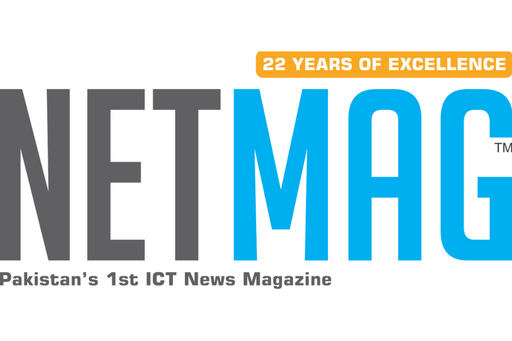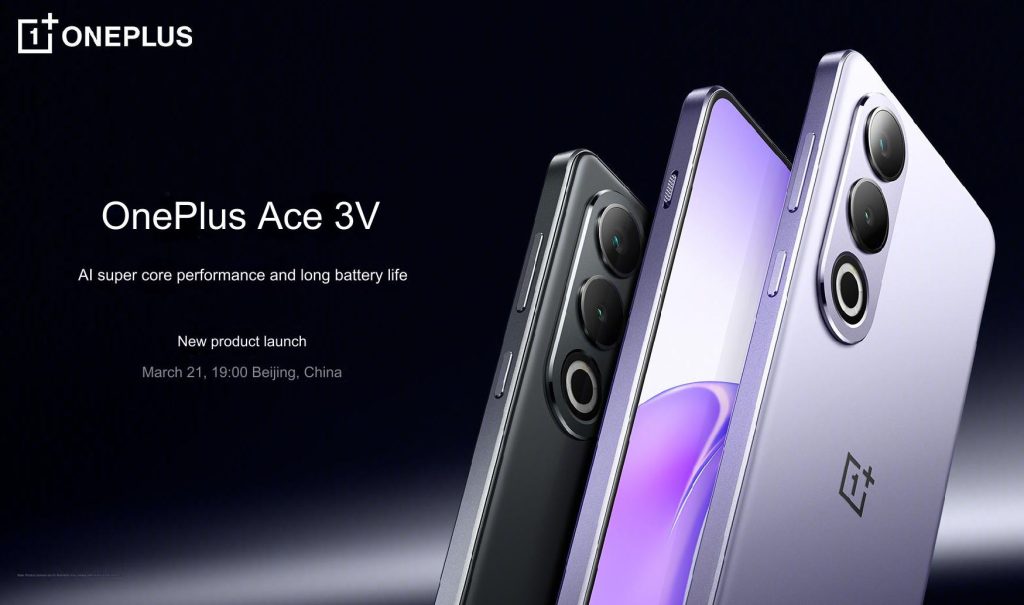A consortium of leading Japanese telecommunications firms has recently unveiled a groundbreaking 6G prototype device, showcasing impressive data transmission rates of 100 gigabits per second (Gbps) over distances exceeding 300 feet. This represents a significant leap forward, boasting speeds 20 times faster than current 5G technologies.
The collaborative effort involved major players such as DOCOMO, NTT Corporation, NEC Corporation, and Fujitsu. On April 11th, the consortium shared the results of their successful tests, demonstrating the prototype’s capability to achieve 100 Gbps speeds indoors using the 100 gigahertz (GHz) frequency band, and outdoors with the 300 GHz band.
READ MORE: “Understanding the Significant Price Decrease of Certain Cars”
The prototype was tested over a distance of 328 feet (100 meters), revealing promising performance.
Despite these achievements, it’s crucial to manage expectations. The technology is still in its early stages and not ready for commercial deployment. Moreover, challenges remain in realizing the full potential of 6G networks.
Currently, 5G is the standard for high-speed connectivity, theoretically reaching up to 10 Gbps. However, real-world user experiences, like those with T-Mobile in the U.S., typically average around 200 megabits per second (Mbps). Higher frequency bands used in 5G networks, though enabling faster data transfer, suffer from limitations like reduced range and difficulty penetrating objects.
6G takes this further by employing even higher frequency bands. This presents potential obstacles, as 6G devices may struggle with signal reception, especially over longer distances and in adverse weather conditions.
In essence, while 6G holds immense promise, its practical implementation and performance in real-world scenarios are still uncertain.




